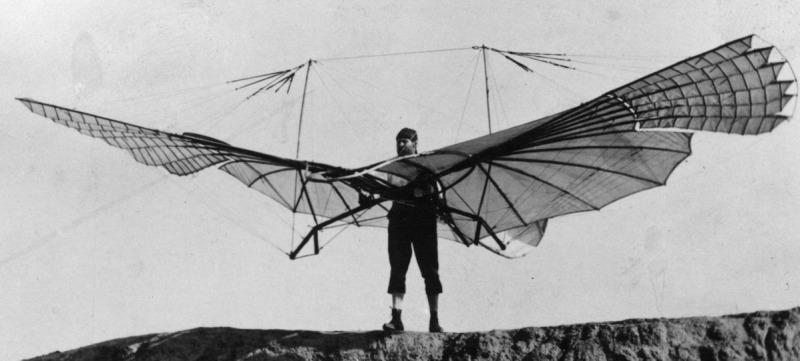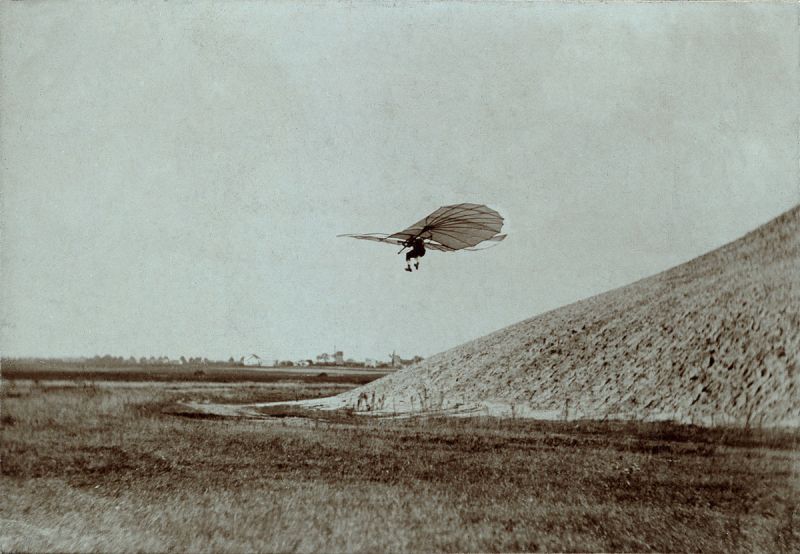
The desire to innovate and change the world can drive one to take dangerous risks. Sometimes, inventors pay the ultimate price. Inventors can be early testers of a device under development, and sometimes pushing the limits of what’s possible has deadly consequences.
In this era of warning labels on coffee cups, it’s perhaps worth taking a look back at some inventors of the past who lost their lives in the pursuit of building something new.First Aviation Fatality

Jean-Francoise Pilatre de Rozier was an early aviation pioneer, as well as a chemistry and physics teacher. He and Marquis d’Arlandes made the first manned free balloon flight in 1783. De Rozier is known for testing the flammability of hydrogen by “gulping a mouthful and blowing across an open flame, proving at a stroke that hydrogen is indeed explosively combustible and that eyebrows are not necessarily a permanent feature of one’s face.” (Bill Bryson, in “A Short History of Nearly Everything”) He may have had a slightly cavalier approach to on-the-job safety.
But it was ballooning that would get him. After several successful flights, he and his companion Pierre Romain attempted to cross the English channel on June 15th, 1785, but the balloon suddenly deflated, and they fell from an estimated altitude of 450 m. Both pioneers were killed in the crash.

The Glider King
The first well-documented and successful heavier-than-air flights were made by German aviation pioneer Otto Lilienthal.
He constructed eighteen types of gliders and took over 2,000 glider flights. He also developed a dozen models of monoplanes, flapping-wing aircraft, and two biplanes. Wilbur Wright called him “easily the most important” of the early airplane pioneers.His final flight, on August 9th, 1896, was otherwise quite normal. His glider design had a problem with pitching nose-first, because after a certain angle the pilot just couldn’t shift their weight any further backwards to counteract it. Lilienthal lost control in a nose dive, falling from a height of about 15 m, and fractured his spine. He was taken to…
The post Invention Killed the Inventor appeared first on FeedBox.